Learning agility will directly impact the speed of digital transformation, the effectiveness of digital leadership, the creativity of the workforce, and the overall organizational maturity.
 Today’s workforce is more global, flexible and virtual as the world becomes so hyper-connected and over complex, especially the speed of change is accelerating in the digital era, learning agility is not only the very quality of digital leaders but also the fundamental requirement for all digital professionals, in order to keep the mind open; make the skills updated and continue to build the dynamic digital capabilities to compete for the future. So how can digital leaders cultivate a working environment where learning is encouraged and rewarded, and creativity flourishes? What is the best way to create an environment where innovation can blossom? Is there a global solution, or is every organization different?
Today’s workforce is more global, flexible and virtual as the world becomes so hyper-connected and over complex, especially the speed of change is accelerating in the digital era, learning agility is not only the very quality of digital leaders but also the fundamental requirement for all digital professionals, in order to keep the mind open; make the skills updated and continue to build the dynamic digital capabilities to compete for the future. So how can digital leaders cultivate a working environment where learning is encouraged and rewarded, and creativity flourishes? What is the best way to create an environment where innovation can blossom? Is there a global solution, or is every organization different?
 Today’s workforce is more global, flexible and virtual as the world becomes so hyper-connected and over complex, especially the speed of change is accelerating in the digital era, learning agility is not only the very quality of digital leaders but also the fundamental requirement for all digital professionals, in order to keep the mind open; make the skills updated and continue to build the dynamic digital capabilities to compete for the future. So how can digital leaders cultivate a working environment where learning is encouraged and rewarded, and creativity flourishes? What is the best way to create an environment where innovation can blossom? Is there a global solution, or is every organization different?
Today’s workforce is more global, flexible and virtual as the world becomes so hyper-connected and over complex, especially the speed of change is accelerating in the digital era, learning agility is not only the very quality of digital leaders but also the fundamental requirement for all digital professionals, in order to keep the mind open; make the skills updated and continue to build the dynamic digital capabilities to compete for the future. So how can digital leaders cultivate a working environment where learning is encouraged and rewarded, and creativity flourishes? What is the best way to create an environment where innovation can blossom? Is there a global solution, or is every organization different?
Learning agility means to learn, de-learn and re-learn all the times; and then apply those lessons to succeed in new situations. A collective learning capability is strategic for a company’s long-term success. Learning is not just about the formal education one receives in his/her earlier year. Limitations on learning are barriers set by human themselves, as learning is a continuous process and everyone has an enormous capacity to learn. Digital learning is also multidimensional, dynamic, interactive, informal and integrated.
Creating a culture of learning starts from the top: Altering how executives think and act is challenging. The most effective approach to organizational culture change is for the executives to have a personal philosophy shift. This changes the most important thing -- leadership mindset and behavior. It also flows into what they pay attention to and how they prioritize, lead their team, and deploy management processes. An agile culture is not the result of scalable processes, but of scalable behavior via the amplified leadership influence.
Harness learning agility via the social platform: The rigid organizational structure stifle innovation and in many large legacy organization, there are layers upon layers of bureaucracy ensuring that agile methodology will go nowhere. No matter how much the enacting company pays lip service to its ability to support and build toward innovation. In the end, the entire structure of the large business is designed to reject such things because they don't contribute quantifiably to the execution of their current business model. The emergent digital technologies such as social platform provide a flexible way to learn, share and collaborate, the digital tools and apps make learning informal, but more cost-effective and interactive, with the very goals to groom future leaders and foster employee engagement and development.
Improving learning agility via the view of knowledge ecosystem: It incorporates the multi-faceted aspects of the knowledge system, innovation, and intuitive behavior. Empower learning champions, finding a volunteer at the top of the organization or grooming an agile expert for the top role. Agilists are phenomenally disciplined in focusing on value, prioritizing, executing, and collaborating. It is important to cultivate the learning culture that has awareness and understanding plus setting a new behavior expectation of proactive participants.
Learning agility at both individual and business level is a digital capability and culture shift, it will directly impact the speed of your digital transformation, the effectiveness of digital leadership, the creativity of workforce, and overall organizational maturity.
An individual’s agility is a fundamental digital capability block through which she or he can further build more advanced professional capabilities and better fit in the digital dynamic we live in.
An individual’s agility is a fundamental digital capability block through which she or he can further build more advanced professional capabilities and better fit in the digital dynamic we live in.
Digitalization is like a flywheel, and Digital Masters are the one riding above it. Surf more Information about Digital Master:


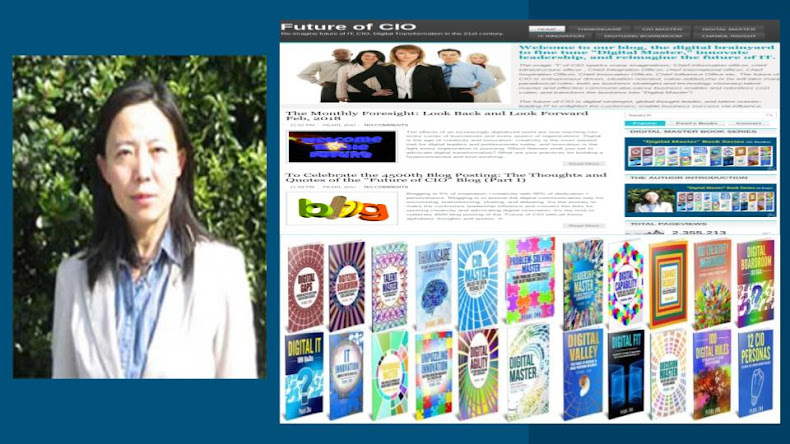













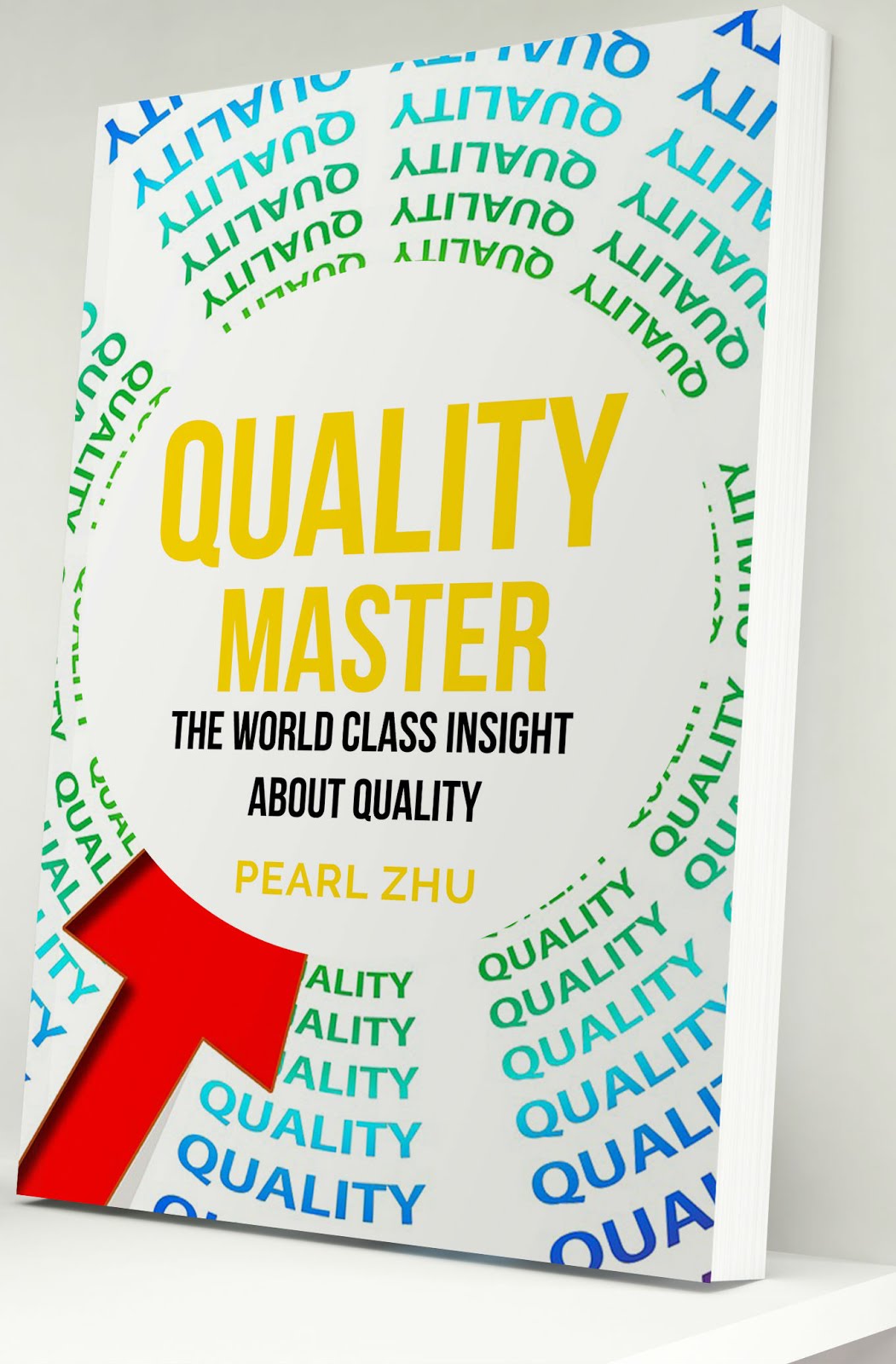
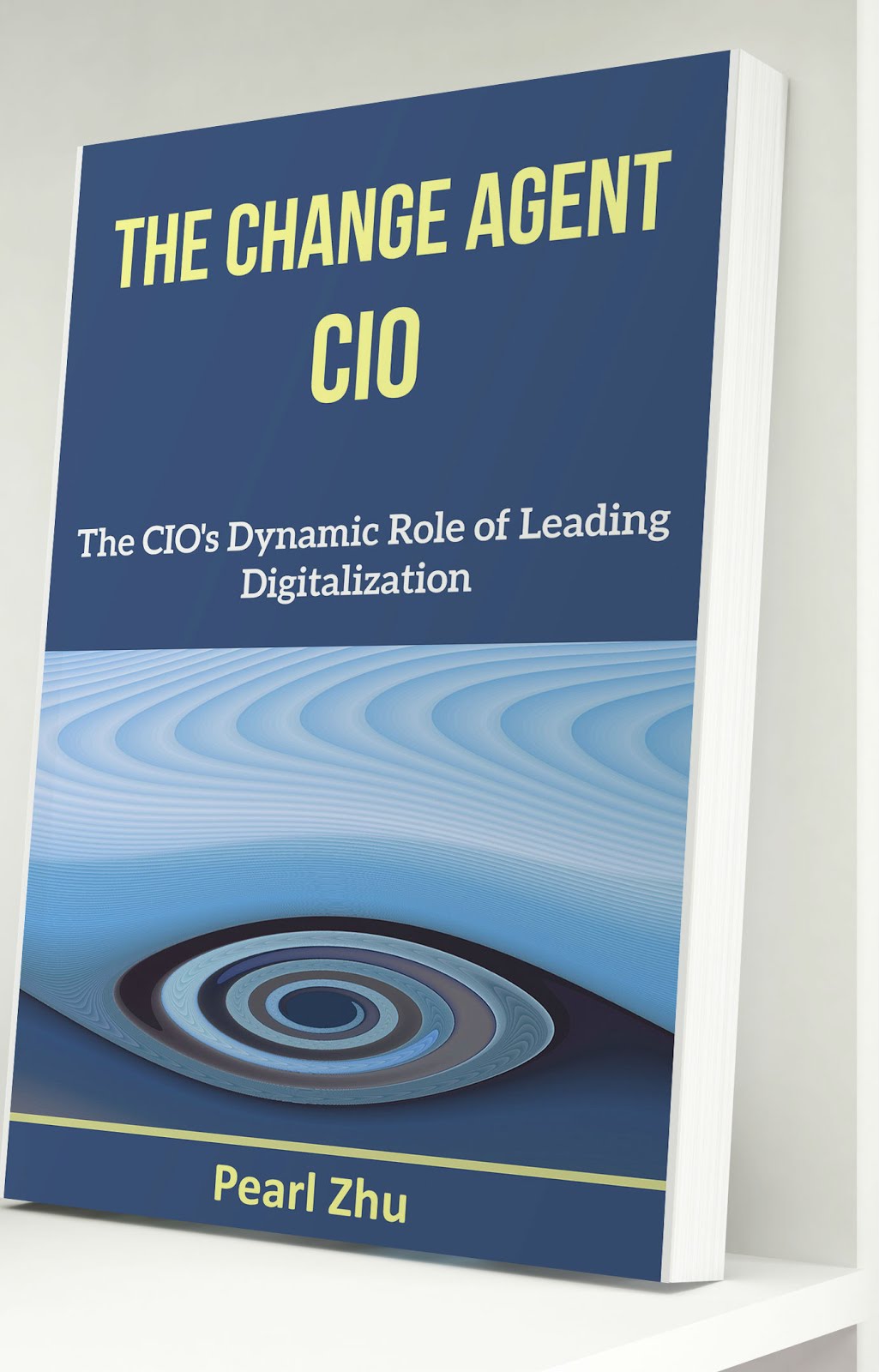


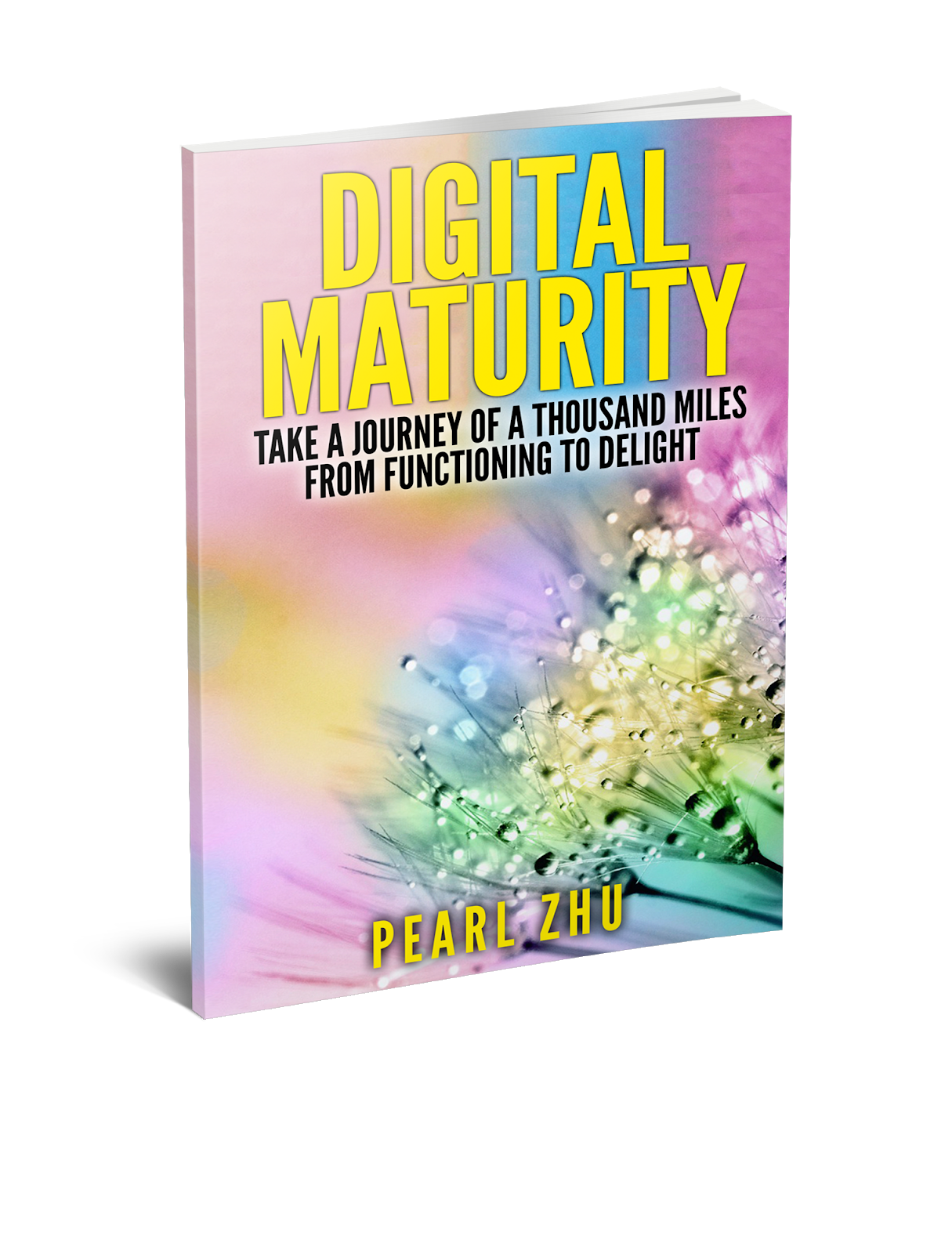
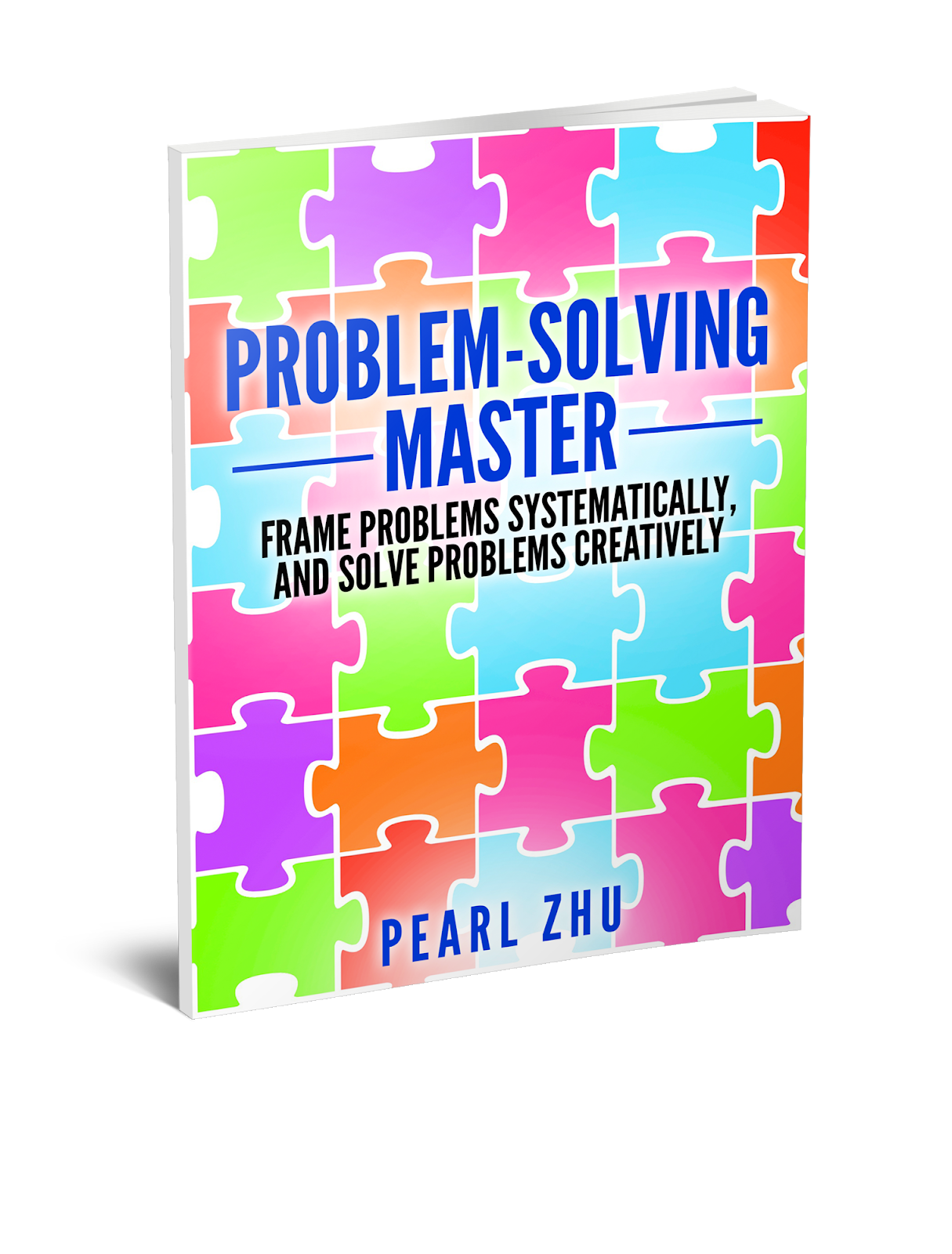
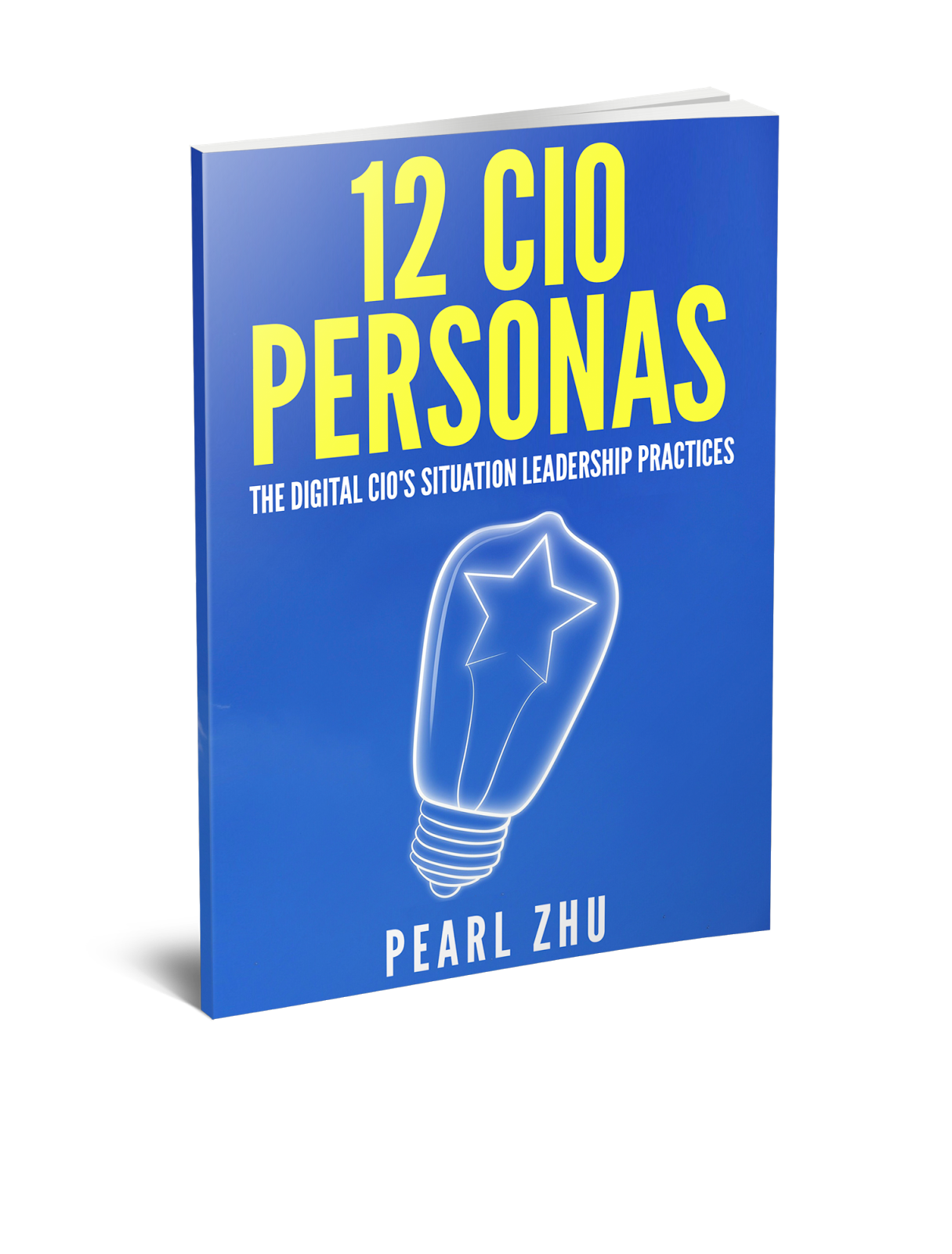
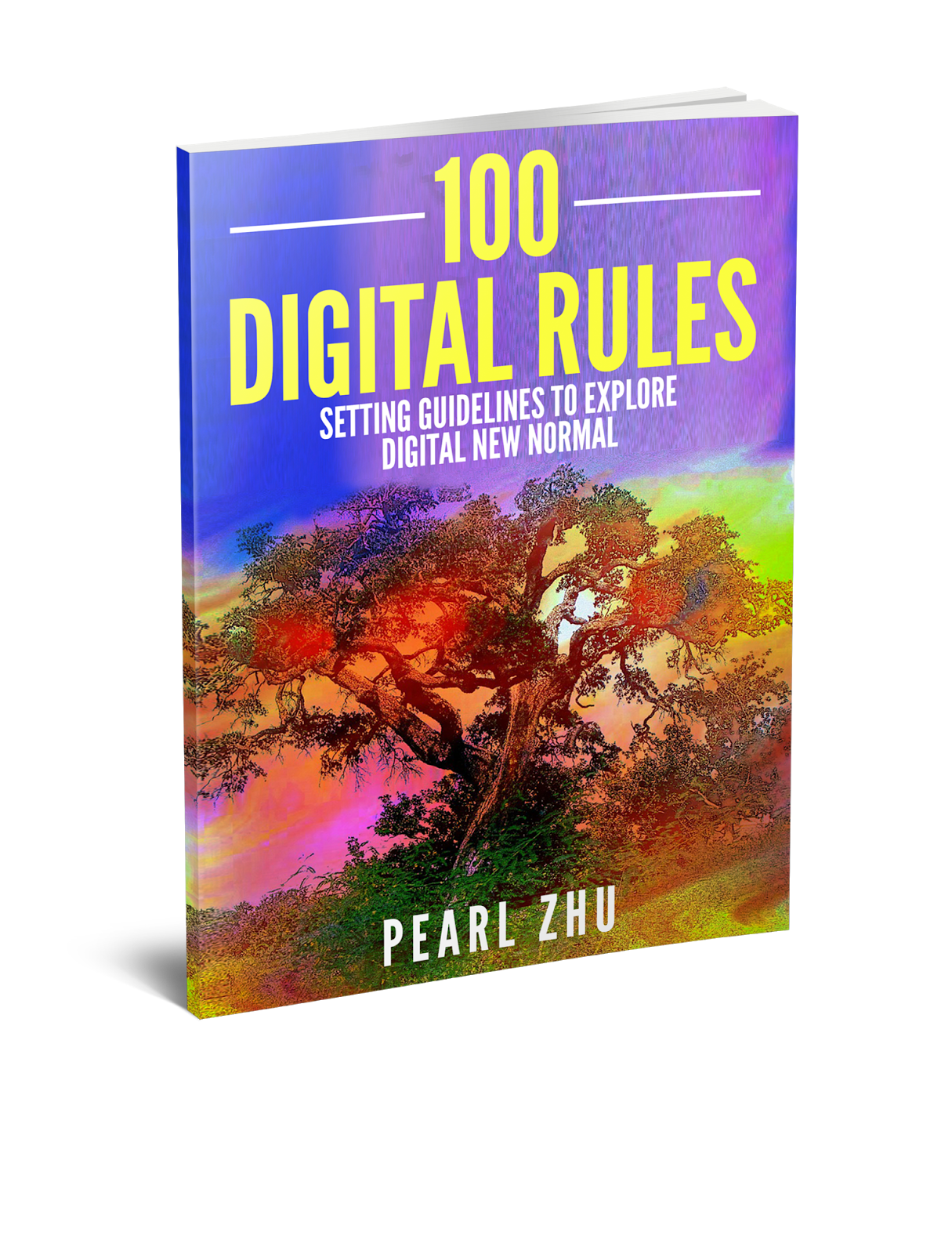
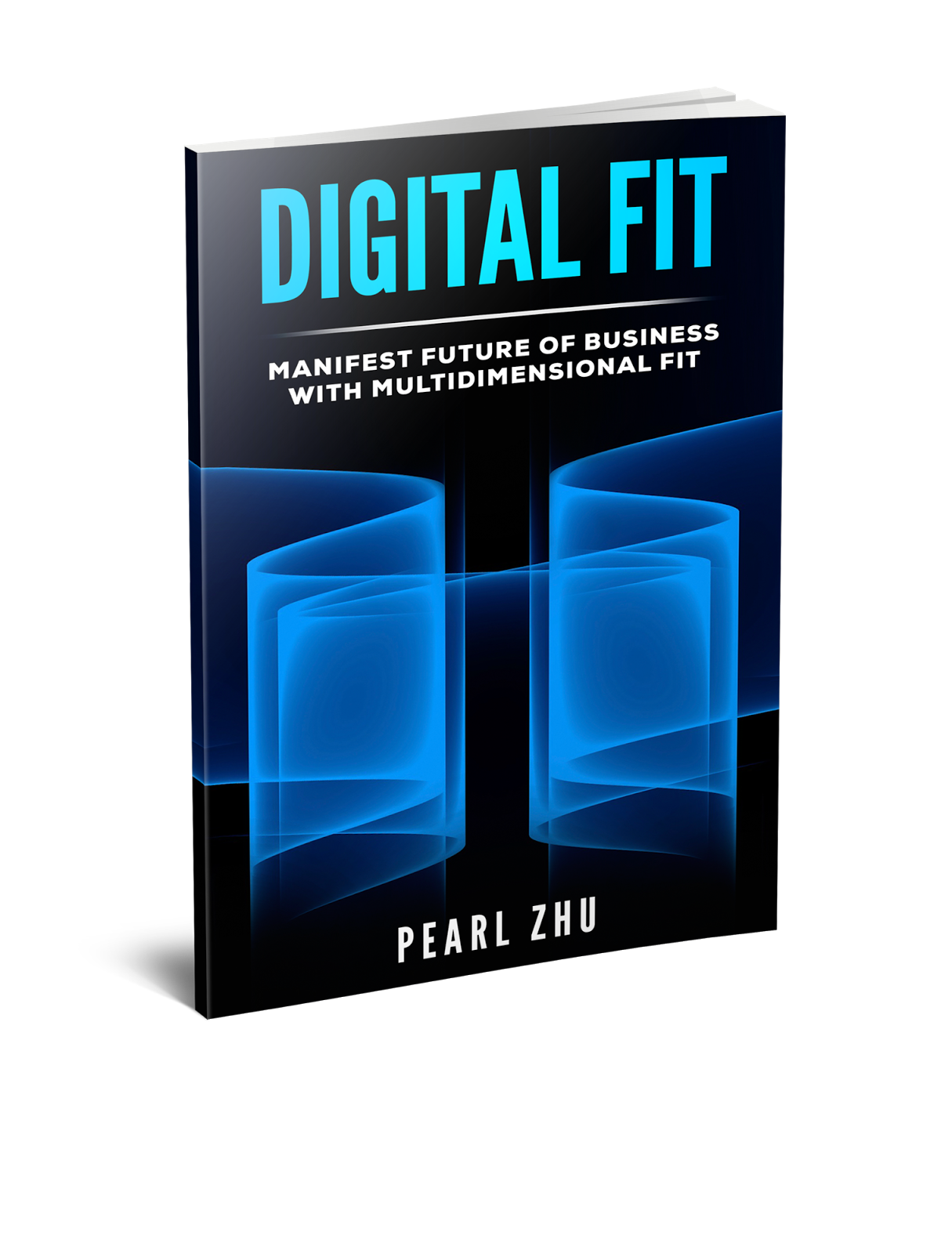

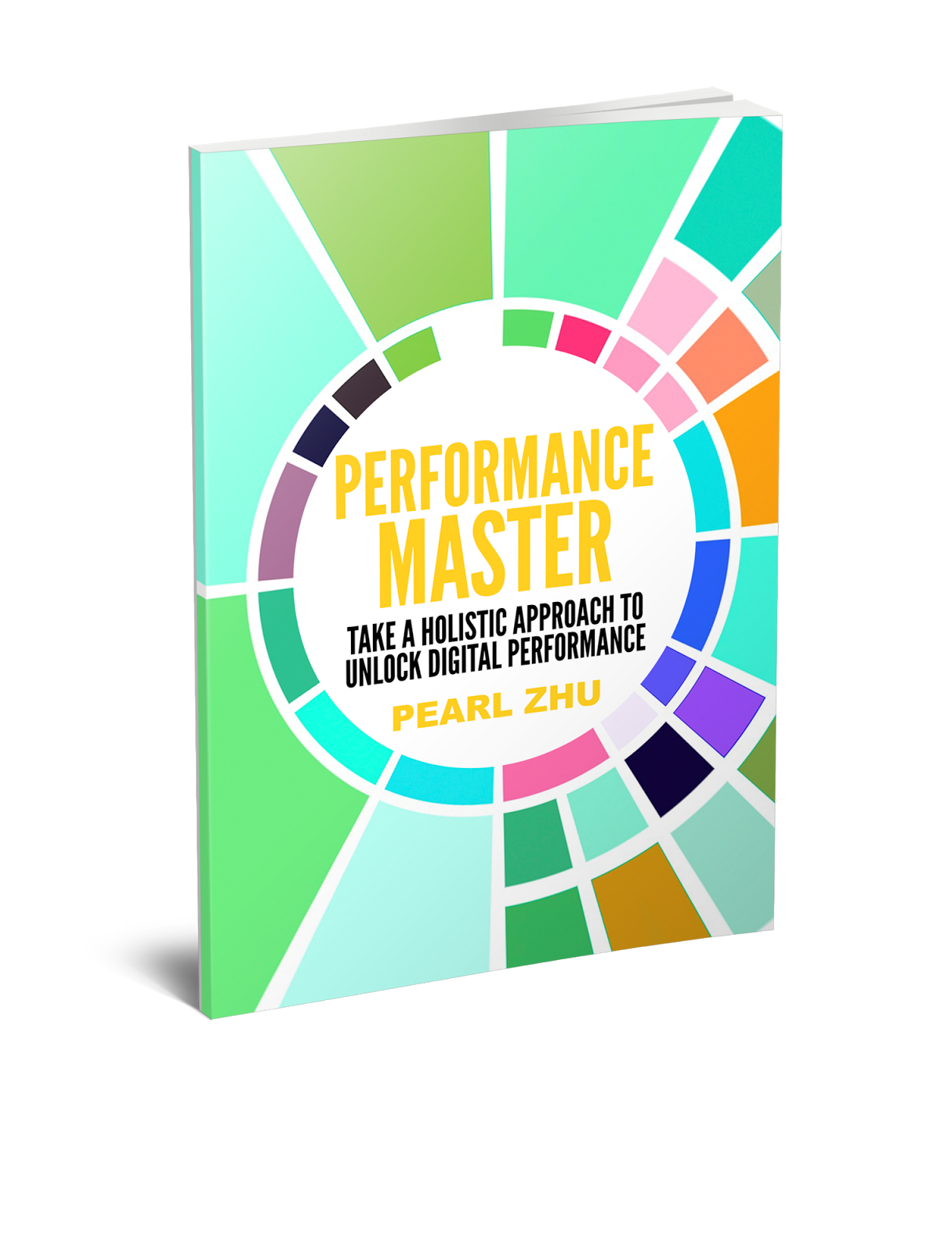
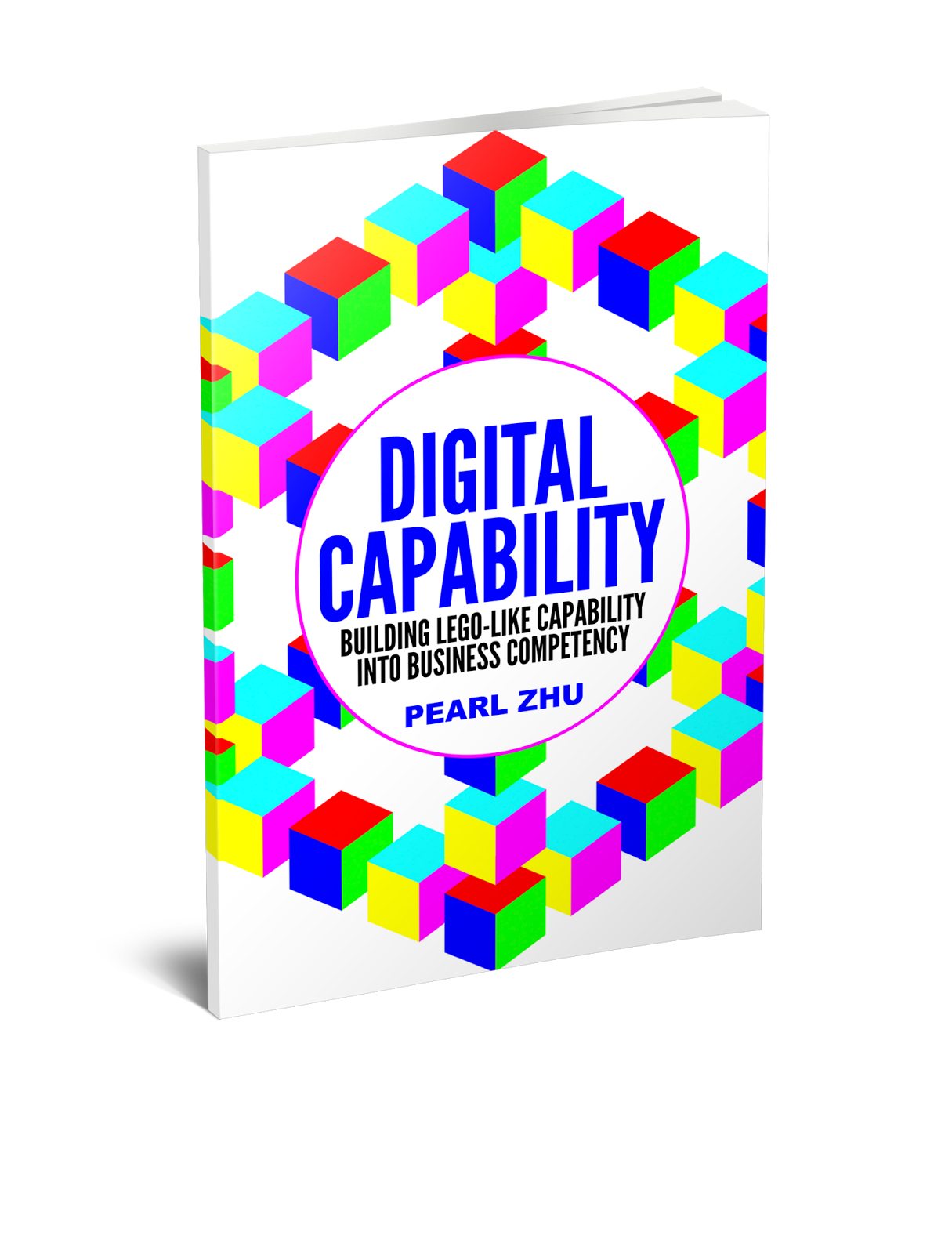
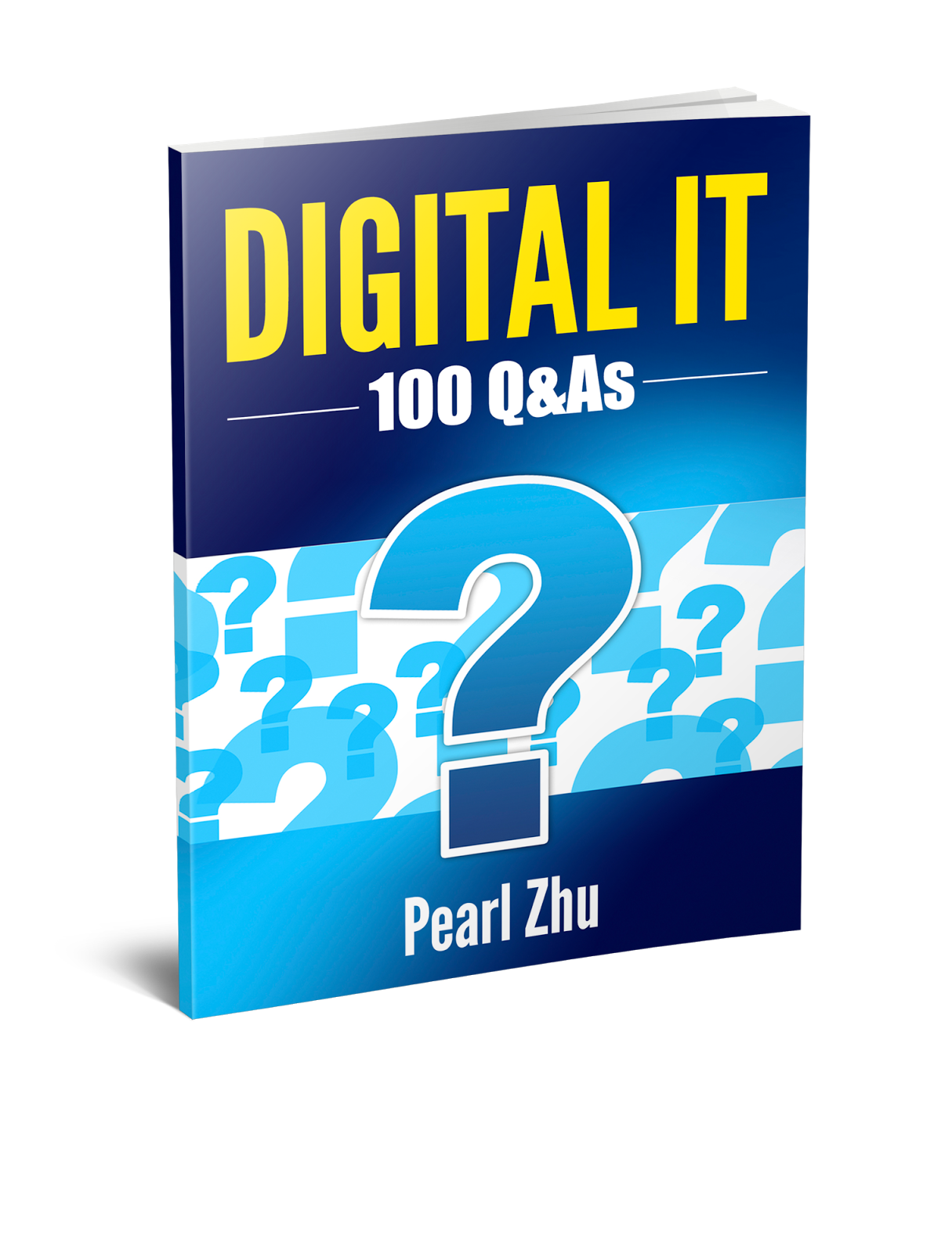

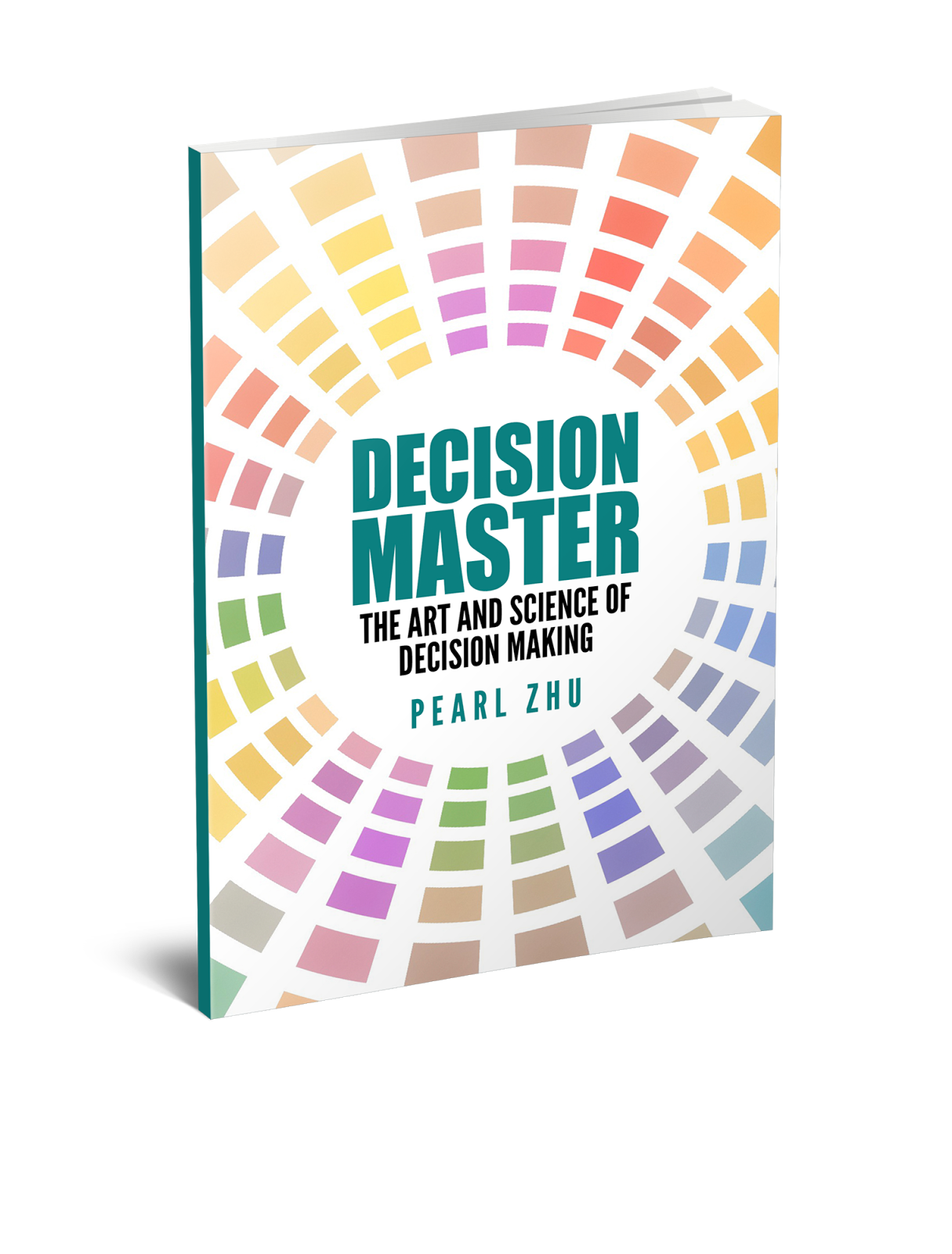

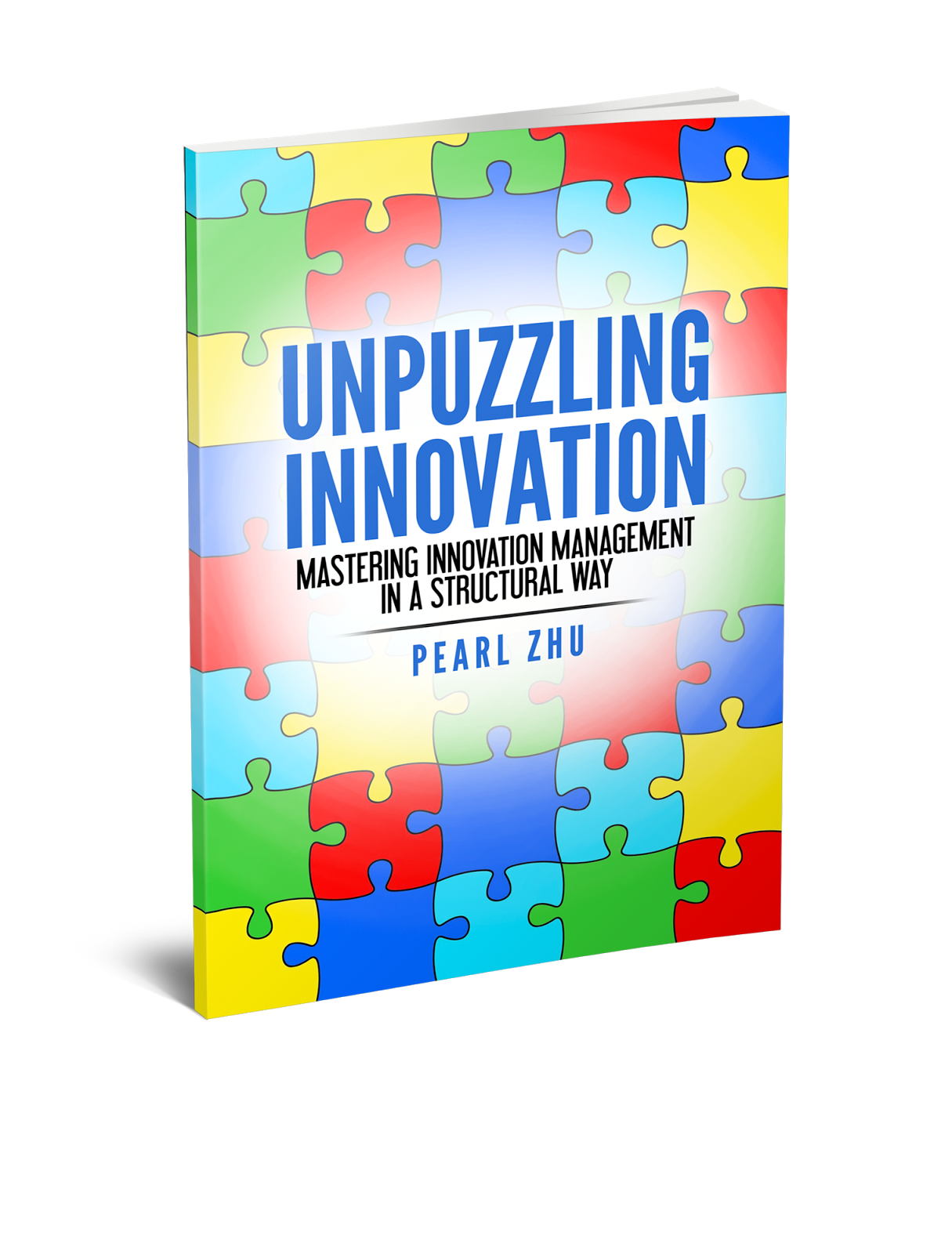
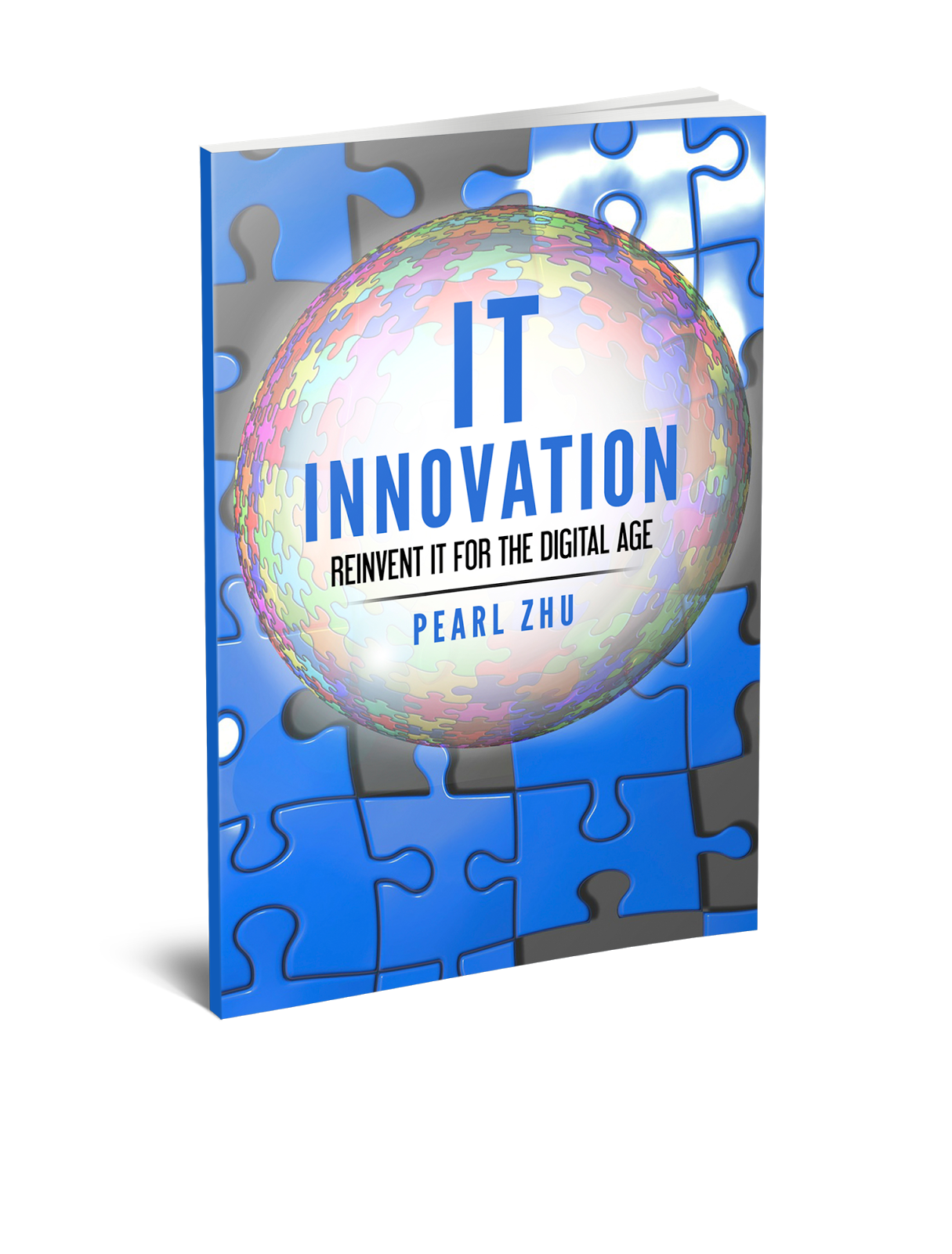






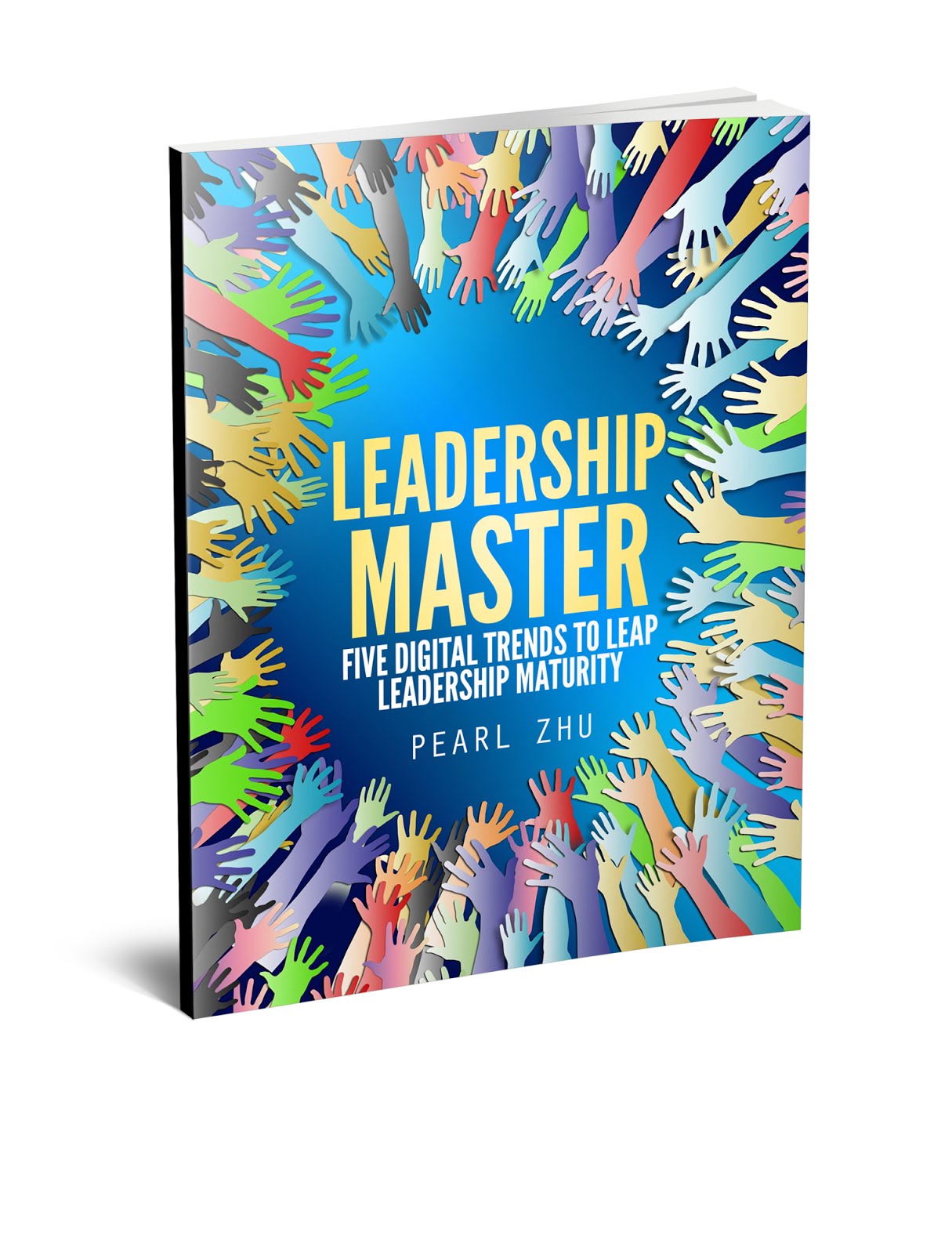


4 comments:
nice blog
very good service by isha
Cool
Lot's and Lot's of facts are shared :)
Post a Comment